Similar presentations:
Industrial Economics A: Structure, Conduct and Performance ( lecture 1 )
1. Industrial Economics A: Structure, Conduct and Performance Lecture 1
2. Module logistics
• See the module outline for details.• Some highlights:
– Textbooks:
• Lipczynski, Wilson and Goddard
• Church
– Assessment: 1.5 hour exam (70%), and an individual
coursework (30%)
• The seminar will take place during teaching weeks 9 and 10
(depending on your group).
3. Module structure
StructureMarket
power &
welfare
Conduct Performance
Market
definition
Advertising
Concentration
measures
R&D
Concentration
determinants
Product
Differentiation
Testing SCP,
NEIO
3
4. What is industrial organization?
• IO is the application of microeconomic theory to the analysisof firms, markets and industries
• In IO (unlike microeconomics), the industry structure is
entirely modelled and is dynamic.
–
–
–
–
Number and size distribution of firms
Barriers to entry
Product differentiation
Vertical integration and diversification
4
5. What is industrial organization?
• IO increases our understanding ofproblems faced by firms:
– Externally, how firms compete in the
marketplace (Theory of markets)
• Firm as a black box and focus on how
firms compete with each other.
– Internally, organizing production within
the firm (Theory of the firm)
• Look inside the firm and explain things
firm size, the boundaries of the firm,
and incentives within the firm.
5
6. IO and policymaking
• For policy makers:– Competition policy aims to prevent firms from abusing
market power. [Sherman Act 1890, China antitrust law
2007]
– How to measure market power and excess profit?
– How competitive is a specific industry?
– What types of firm behavior can make an industry less
competitive?
– What type of market structure is most conductive of
innovation?
6
7. IO and policymaking: The Google antitrust case
• 2010: The EU commission accuses Google of promoting itsshopping service in internet search at the expense of rival
services
– Google is accused of systematically favouring its own
comparison shopping product in its general search results pages
– http://europa.eu/rapid/press-release_IP-15-4780_en.htm
• Google’s response:
– “Economic data (…), and statements from complainants all confirm
that product search is robustly competitive”.
– Google claims that Google shopping is operating in a field that
includes Amazon and eBay, where shoppers go to compare prices.
7
8. IO and policymaking: The Google antitrust case
• Google could face a 3bn euros fine.• Related to that case, IO provides answers to the following
questions.
– How to define a market?
– How to measure market power?
– How to stop dominant firms from abusing market power?
8
9. Typology of market structures
910. Austrian School: Schumpeter
• Dynamic theory where markets are changingdue to the activities of entrepreneurial and
profit-seeking innovators.
• “Creative destruction” (Schumpeter, 1928): Competition is
driven by innovation
– Innovation destroys old products and processes and replaces
them with new ones.
– Innovators earn profits and imitation gradually erodes these
profits by cutting prices and raising input costs.
• Abnormal profits and market power are necessary to motivate
firms to innovate, and improve products in the long run
10
11. Creative destruction: The music industry
MP3Compact Discs
Tape cassette
Hi-Fi stereo
LP records
Electrical gramophone
Wind-up gramophone
Pianola
Barrel organ
1850
1900
1950
2000
11
12. The Chicago School
• The Chicago School (1970-80s): Also argues againstgovernment intervention
– Large firms are large because they are more efficient
– In the long run abuse of market power is unlikely, e.g. collusive
agreements are unstable
– Markets have a tendency to revert towards competition,
without the need for government intervention
13. The SCP paradigm
• Concentrates on empirical analysis rather than on theoreticalanalysis.
• Bain (1956): There is a causal relationship between concentration
and profitability:
13
14. The SCP paradigm
• SCP assumes a causal relationship between structure, conduct, and performance.• Most influential during the 1950-1970s.
Structure
•The number and size
distribution of firms
•Entry conditions
•Vertical integration and
diversification
Conduct Performance
Pricing strategies
Advertising
R&D
Differentiation
Collusion
Mergers
•Profitability
•Growth
•Quality of products
•Technical progress
•Productive efficiency
14
15. The SCP paradigm
• According to SCP, relationships between structural variablesand market performance hold across industries.
• The line of causality is from structure through performance. If
a stable relationship is established between structure and
market power, it is assumed that structure determines market
power.
15
16. SCP & European banking: Structure
SCP & European banking: Structure• 1980s: European banking was fragmented. Banks did not
operate in other countries [high entry barriers]. Domestic
banks did not face competition from foreign banks.
• Deregulation made EU banking more competitive
–
–
–
–
Second Banking Directive, 1990
Creation of the euro
As a consequence: Banks able to trade throughout Europe.
Lowered entry barriers.
• Do this make the industry more competitive or less
competitive?
17. SCP & European banking: Structure
SCP & European banking: Structure• 1990-2009: decline in the number of banks
18. SCP & European banking: Structure
SCP & European banking: Structure• 1990-2009: increased level of seller concentration
19. SCP & European banking: Conduct
SCP & European banking: Conduct• Following the deregulation, many banks have consolidated
(M&A), e.g.
– Unicredito (Italy) and HVB (Germany)
– BNP Paribas (France) Banco Nazionale de Lavoro (Italy)
– Banco Santander (Spain) and Alliance of Leicester (UK)
• Large banks have adapted their structures, risk management
and strategic planning functions to deal with pan-European
activity.
20. SCP & European banking: Performance
SCP & European banking: Performance• 1990-2006: increased profitability despite the lowering of
entry barriers.
• How to explain the increased profits?
– Increased consolidation; Product diversification; Cost-cutting
20
21. SCP: Reverse causality?
StructureConduct Performance
• Conduct to structure? R&D, advertising, differentiation
• Performance to structure? Growth and changing market
shares
• Performance to conduct? Profitability and capacity to invest
in R&D, or cut prices
21
22. Competition policy and SCP
StructureConduct Performance
• Not allowing M&As
• Taxation
• Price controls
• Public policies that aim to prevent the abuse of market power
– Preventing mergers beyond a certain scale [STRUCTURE]
– Price controls, restrictions on collusion [CONDUCT]
– Policies that also affect firms’ PERFORMANCE
22
23. Profits in America and the practical relevance of IO
• Source: ‘Too much of a good thing’.The Economist, 2016.
• Profits have risen in most rich
countries over the past ten years.
• E.g. America Airlines: Used to make
losses; but made $24bn profit in
2015.
• How? The falling price of fuel has not
been passed on to the consumers.
• Why not? Consolidations has left the
industry with 4 dominant firms with
many shareholders in common.
24. Profits in America
25. Profits in America - Historical developments
• In the 1990s American firms faced a wave of competition fromlow-cost competitors abroad.
• In 1998, Joel Klein (DoJ), declared that “our economy is more
competitive today than it has been in a long, long time.”
• How to explain the recent increase in corporate earnings?
– Since 2008 American firms have engaged in mergers worth $10
trillion, allowing the merged companies to increase market
shares and cut costs.
• Two-thirds of the industry sectors became more concentrated
between 1997 and 2012. The average share of the top 4 firms
has risen from 26% to 32%.
26. Profits in America
27. Profits in America
28. Profits in America
• About 25% of America’s abnormal profits are spread across awide range of sectors.
• Another 25% comes from the health-care industry
(pharmaceutical and medical-equipment). Patent rules allow
temporary monopolies on new drugs and inventions. Much of
health-care purchasing is controlled by insurance firms. Four
of the largest, Anthem, Cigna, Aetna and Humana, are
planning to merge into two larger firms.
• The remaining 50% abnormal profits are in the technology
sector, where firms such as Google and Facebook enjoy
market shares of 40% or more.
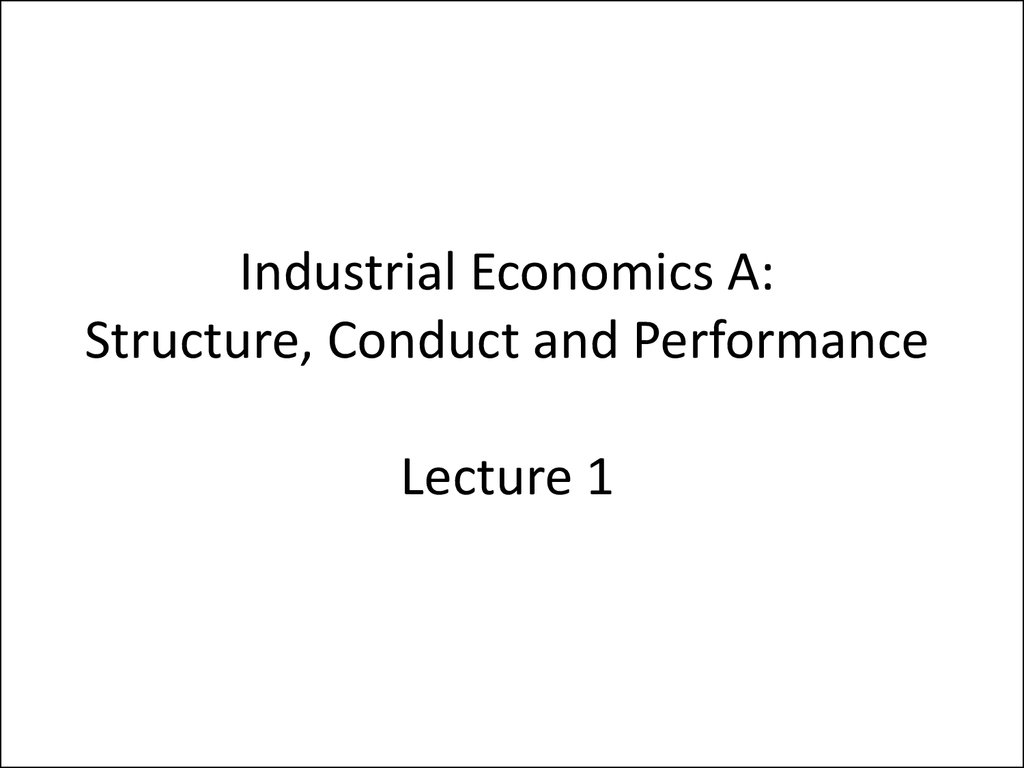

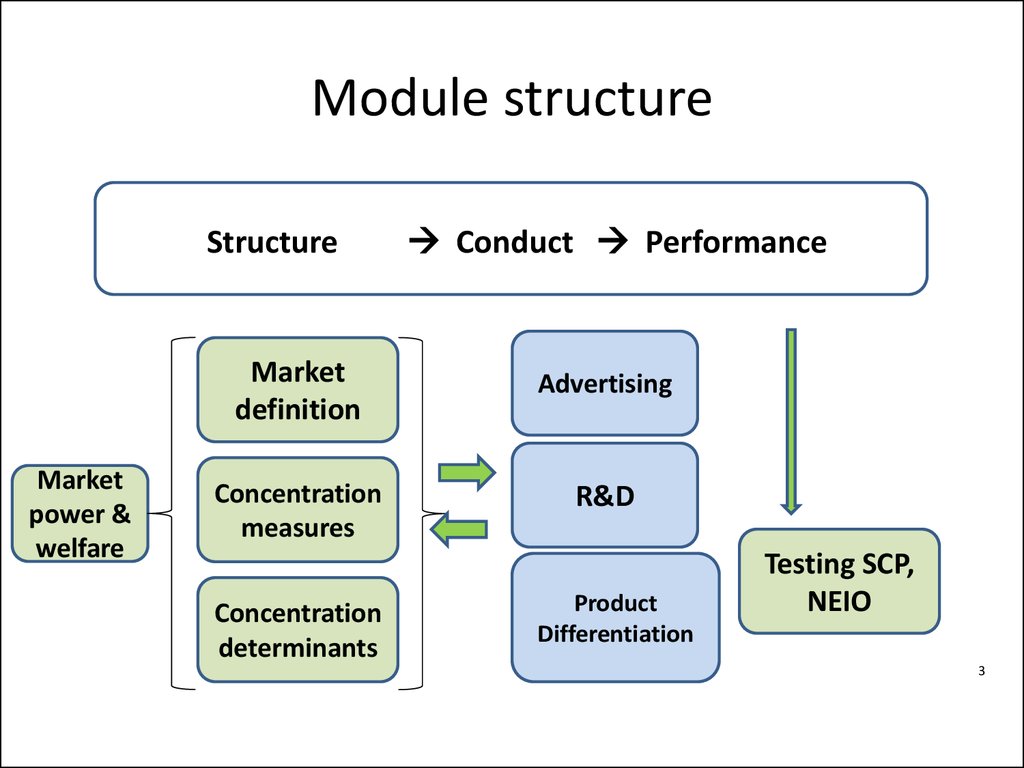

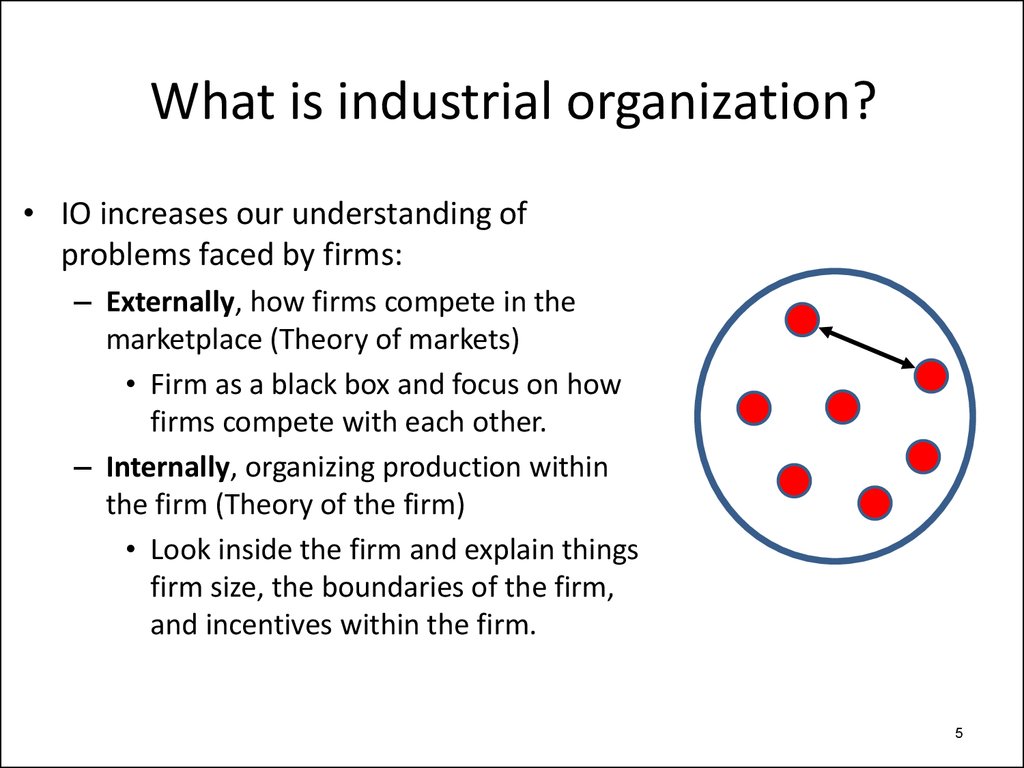
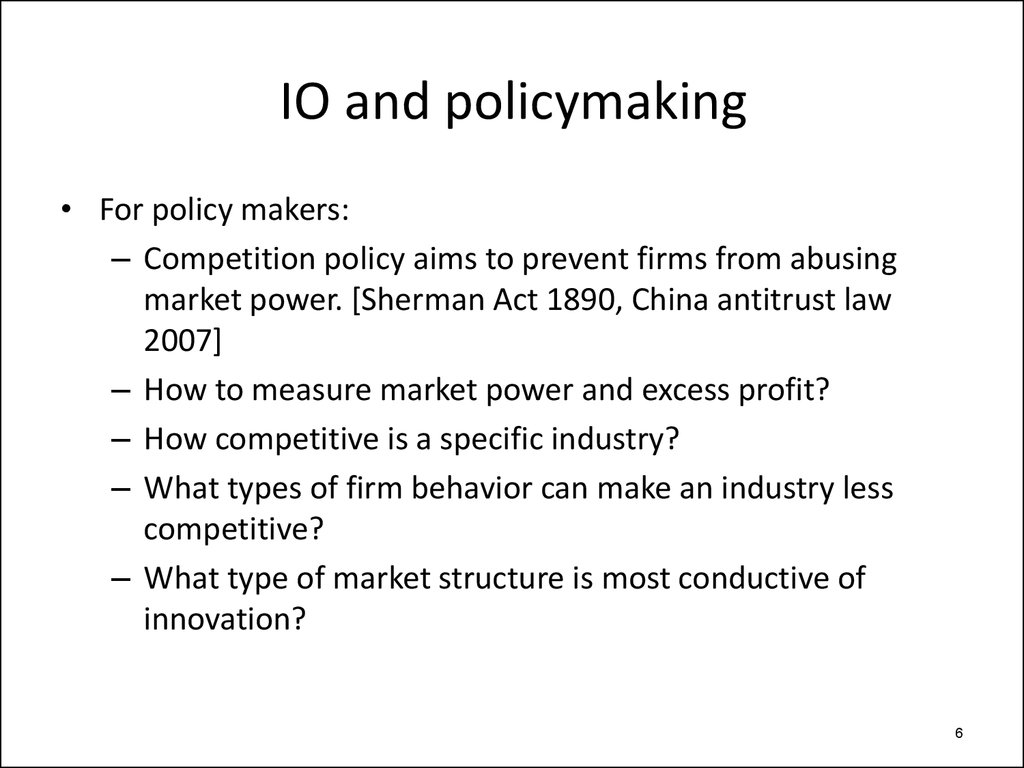
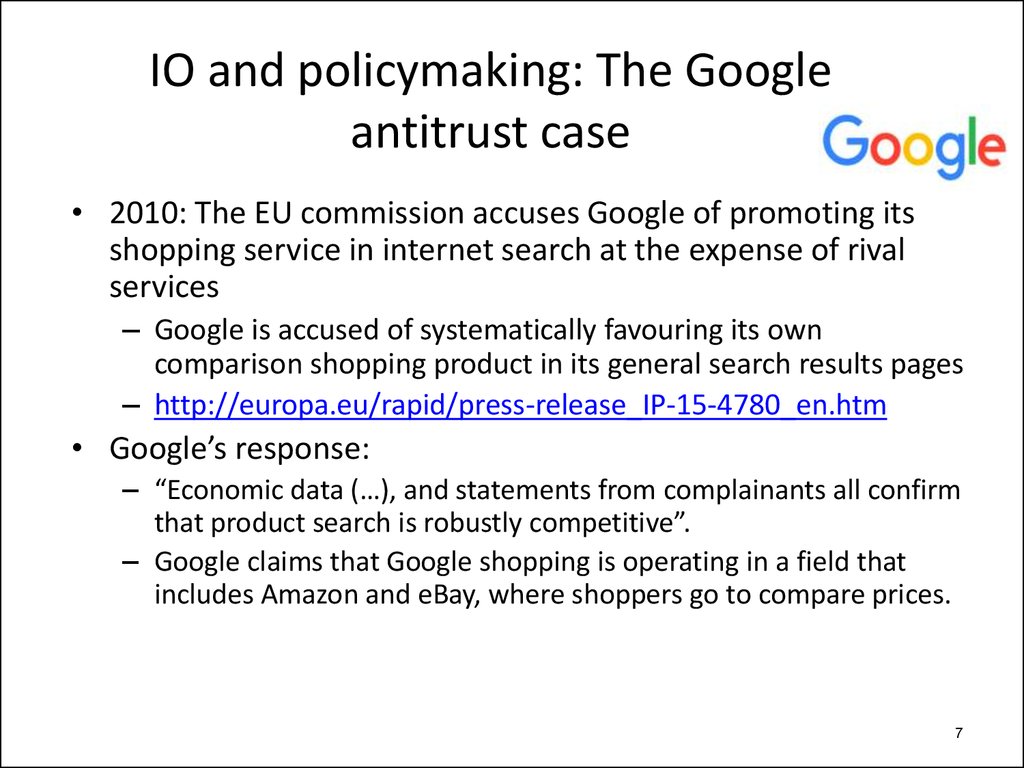
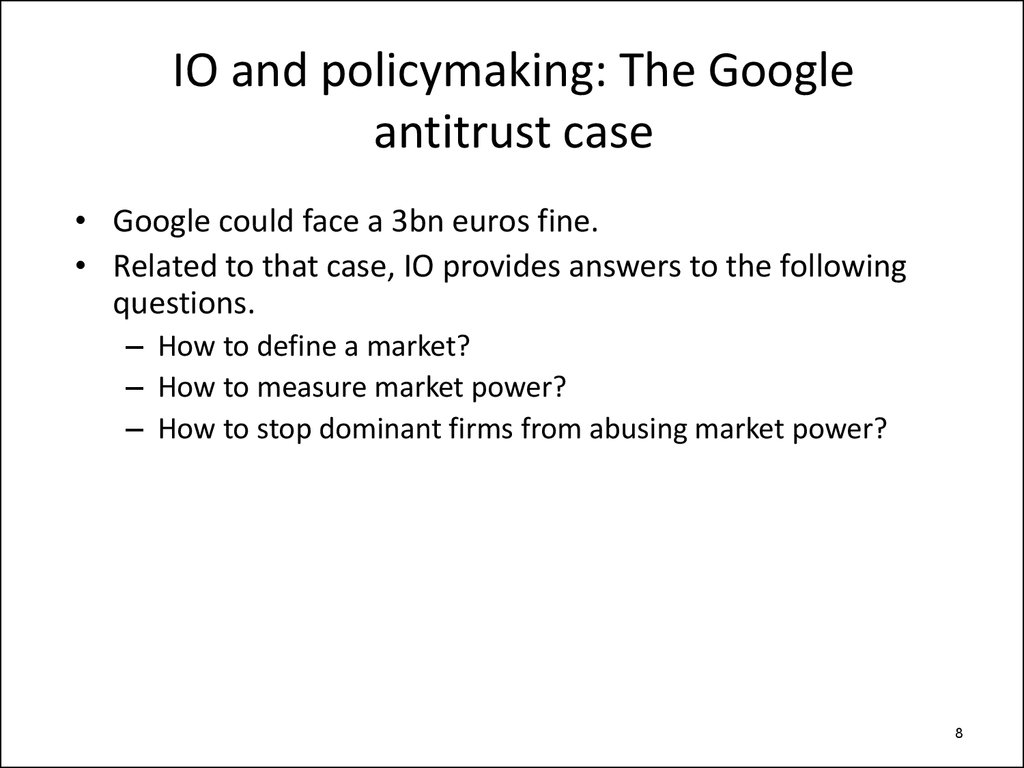
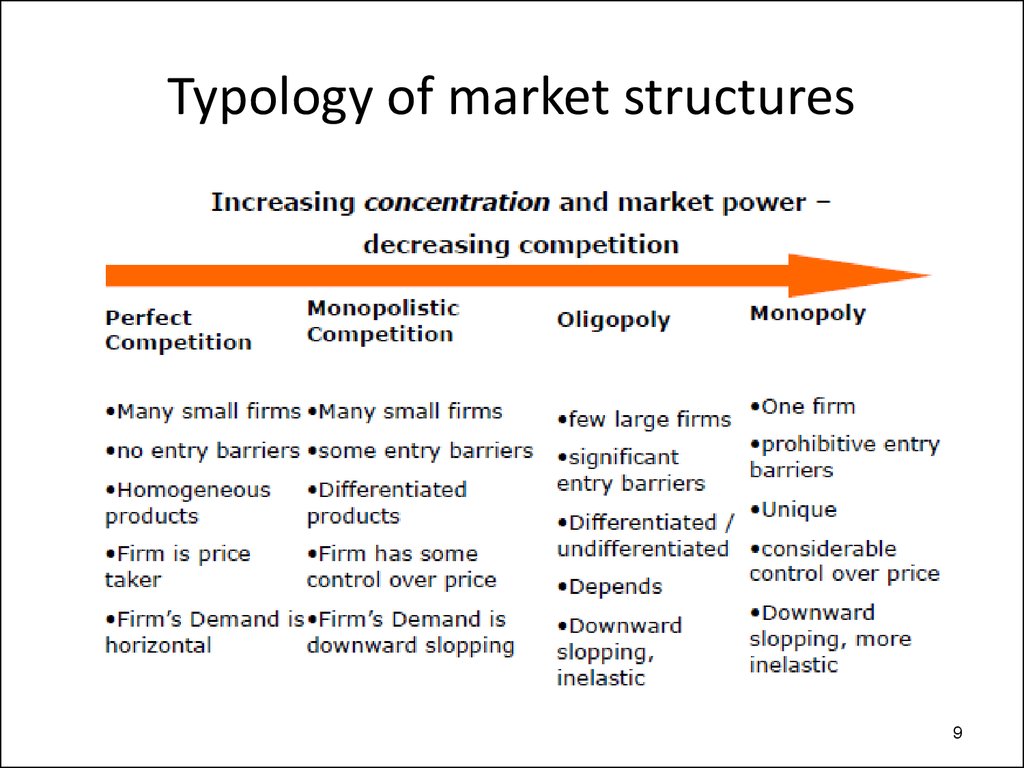
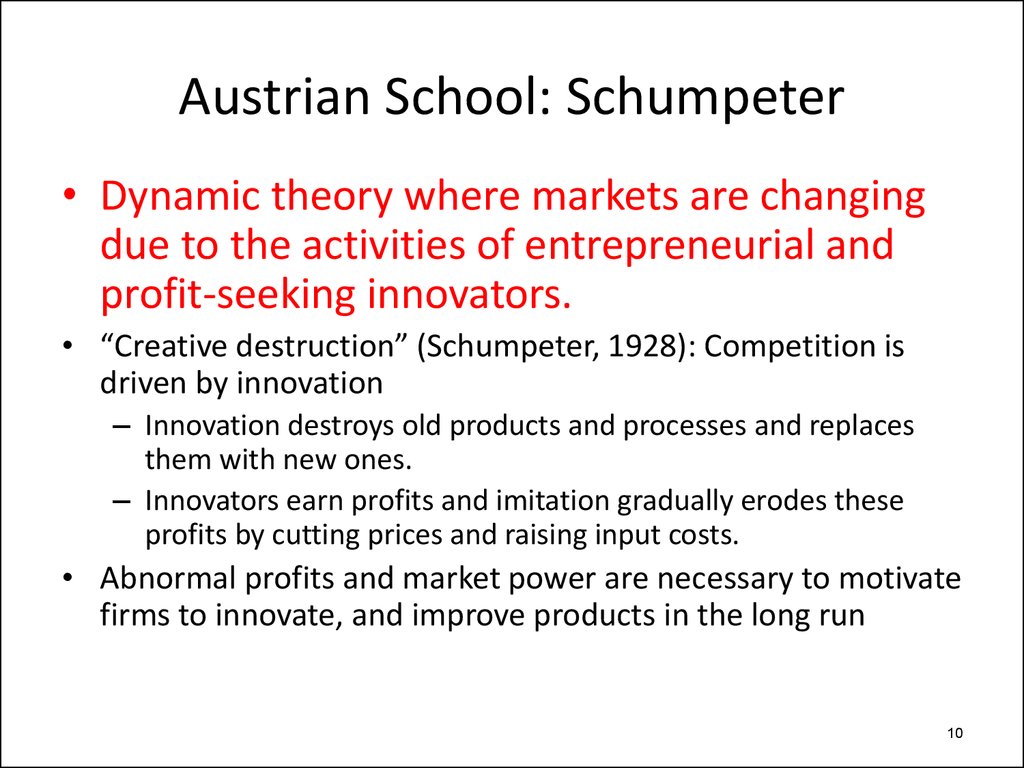
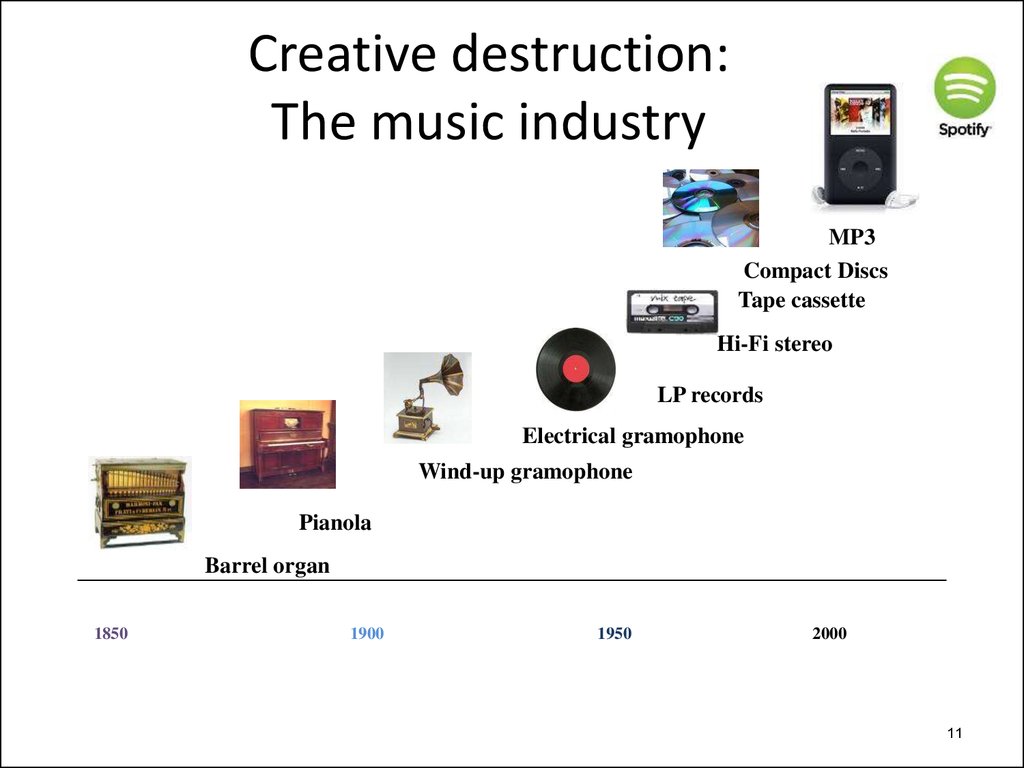
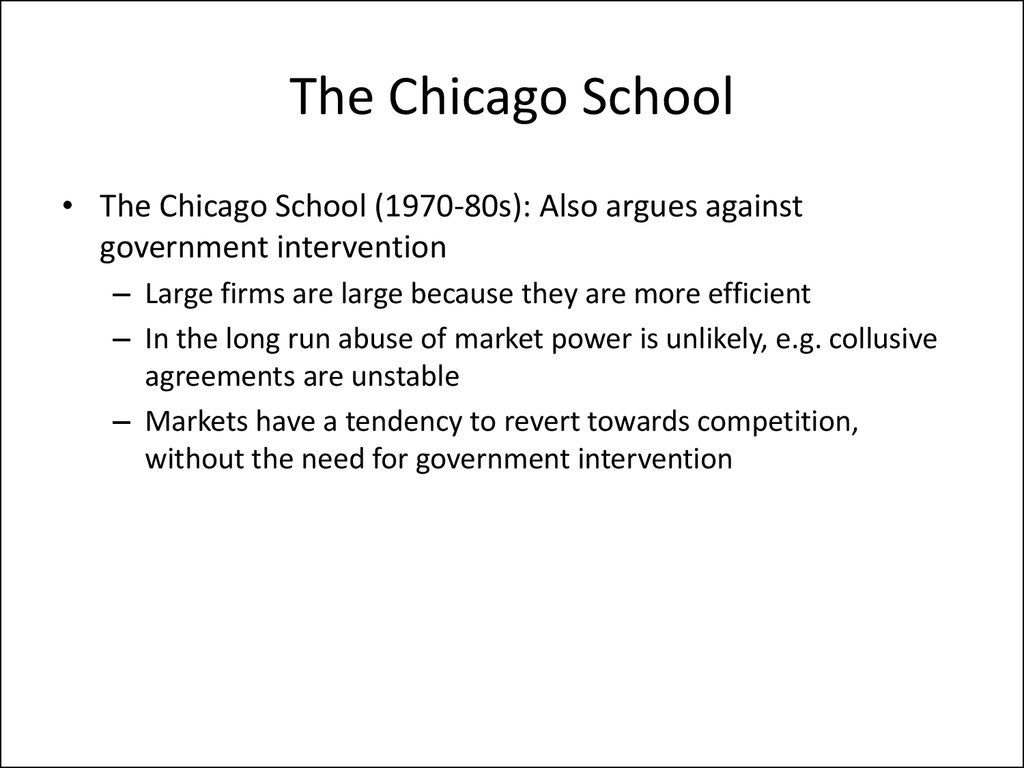
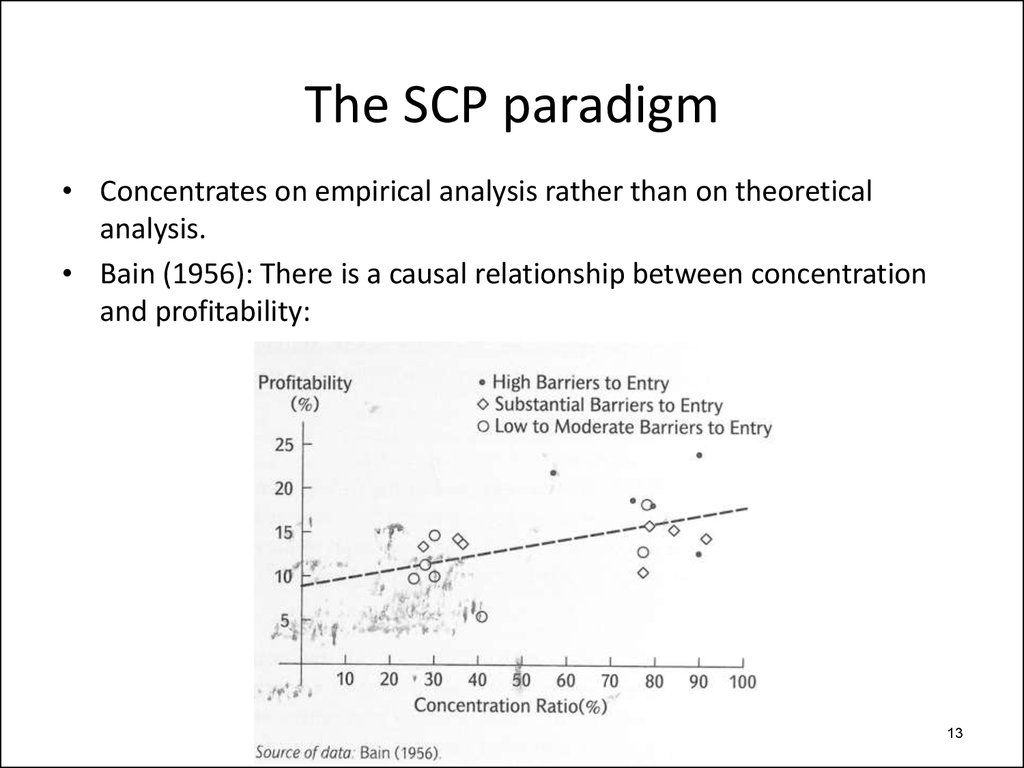
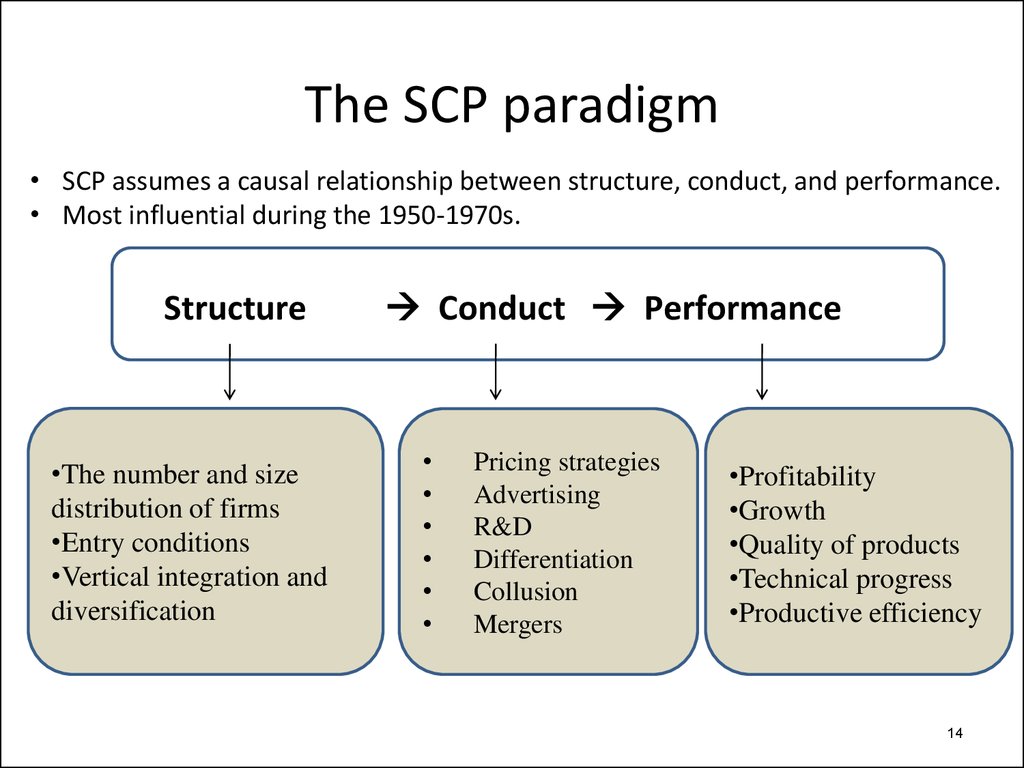

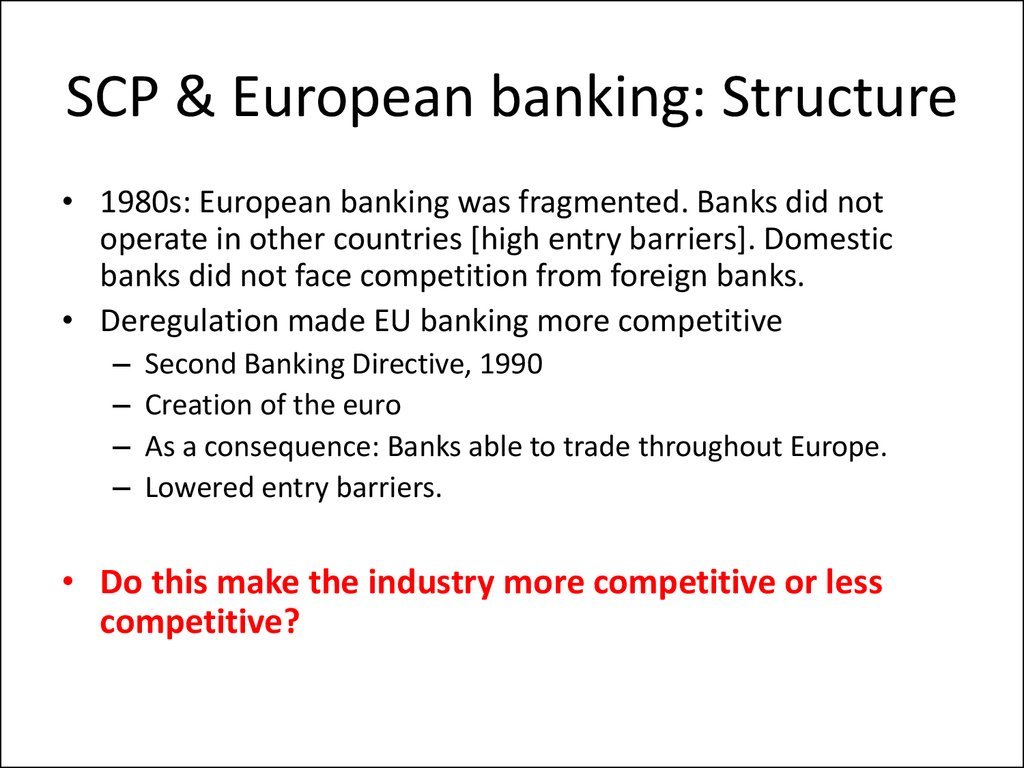
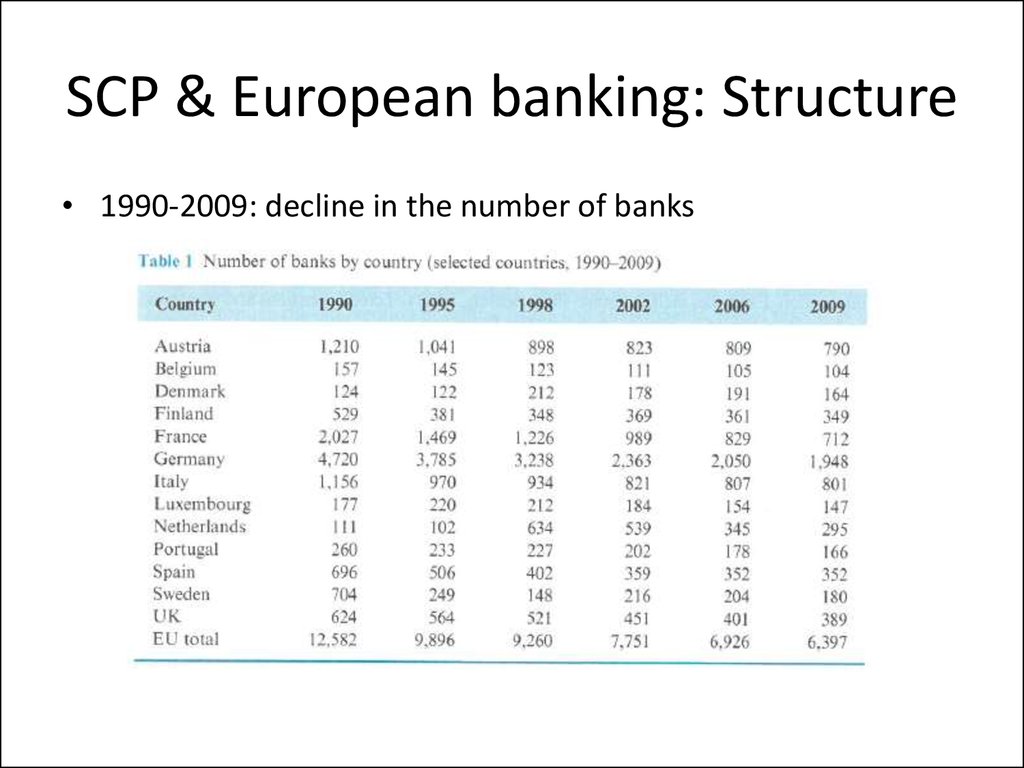
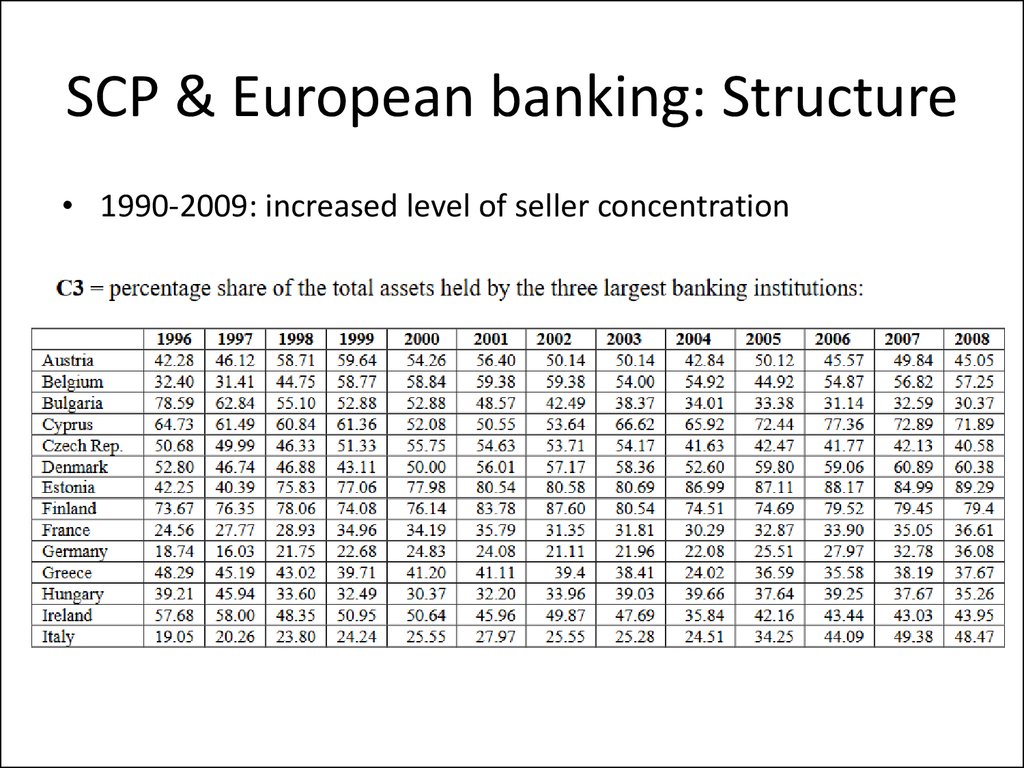
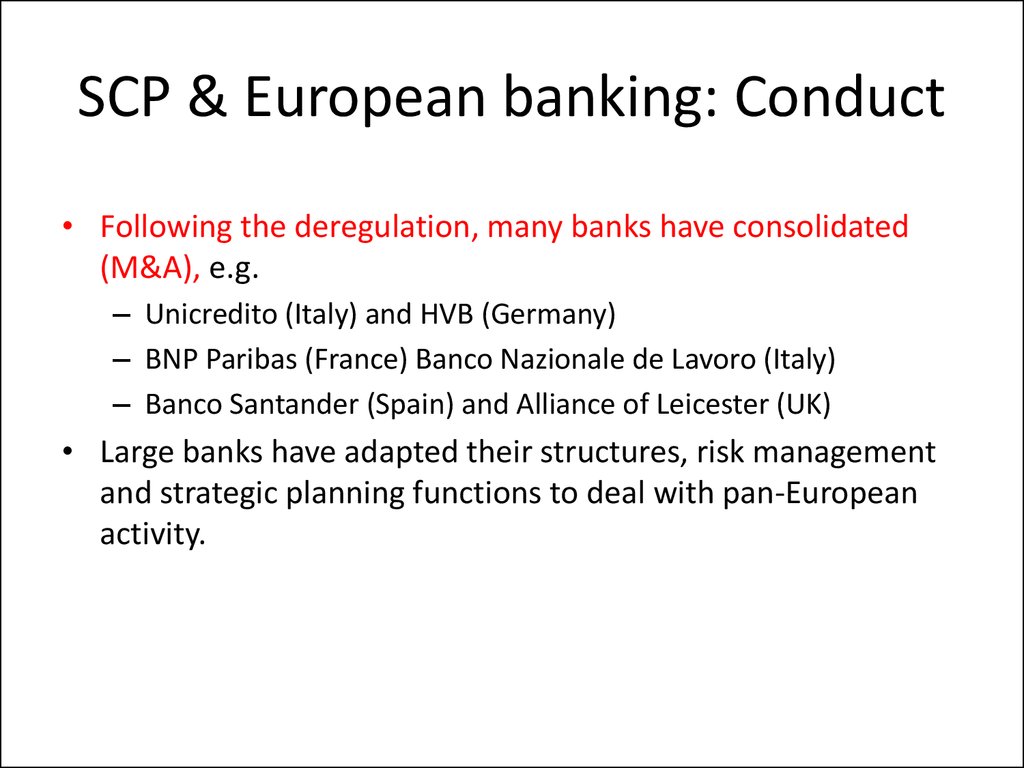
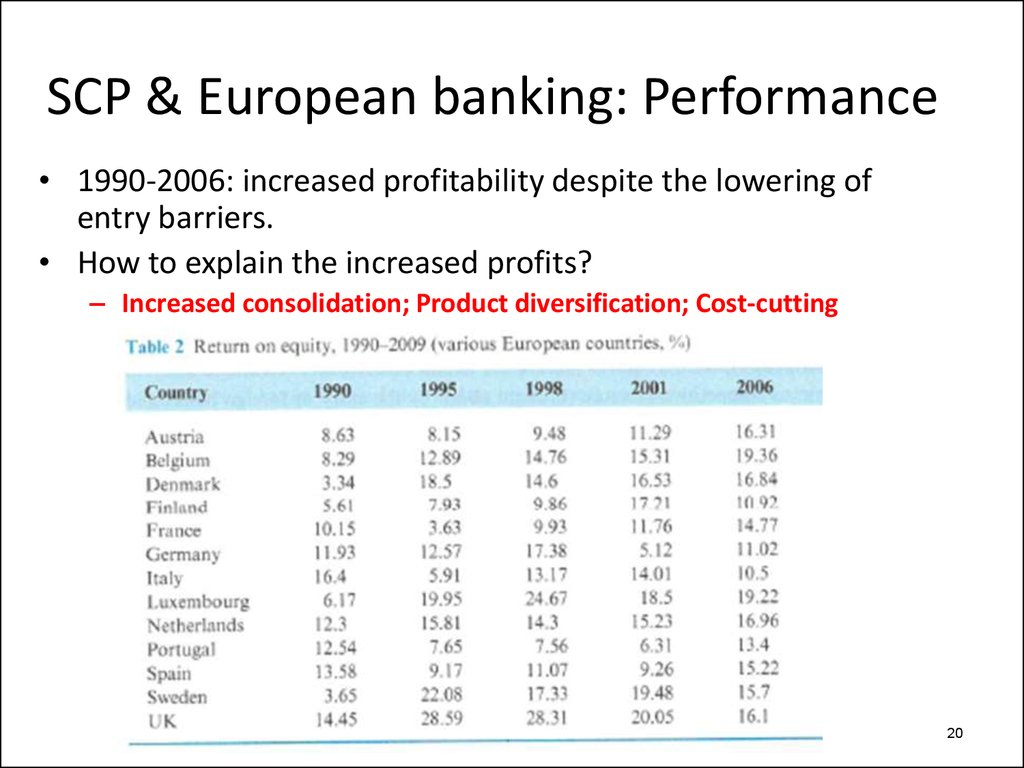
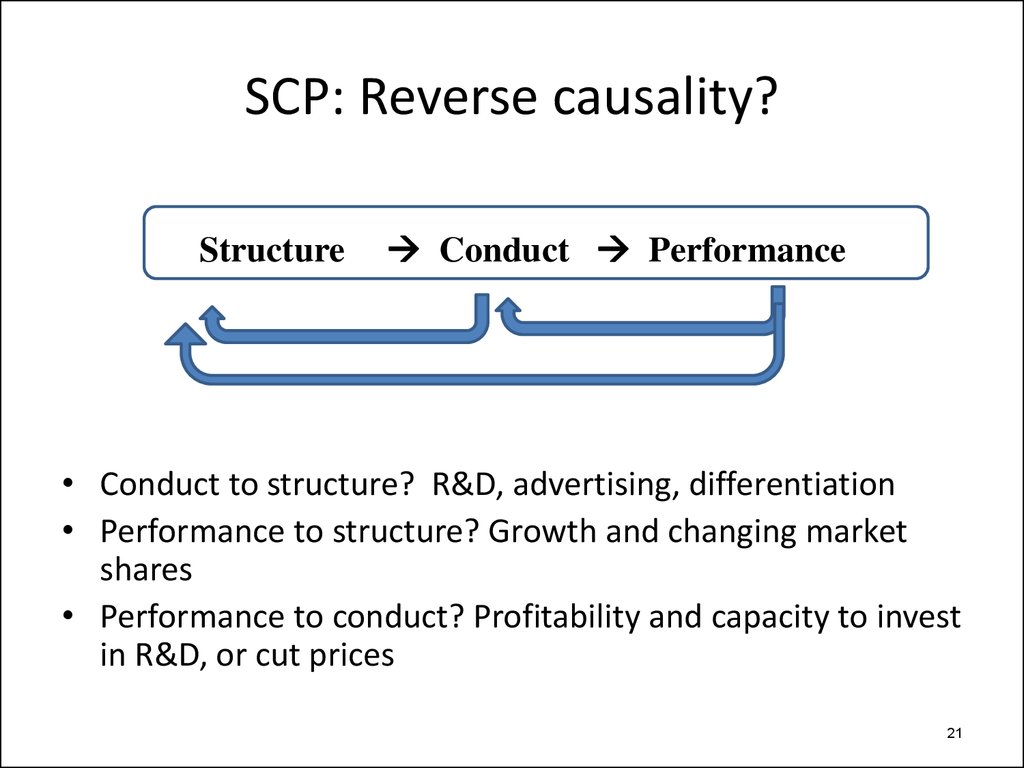
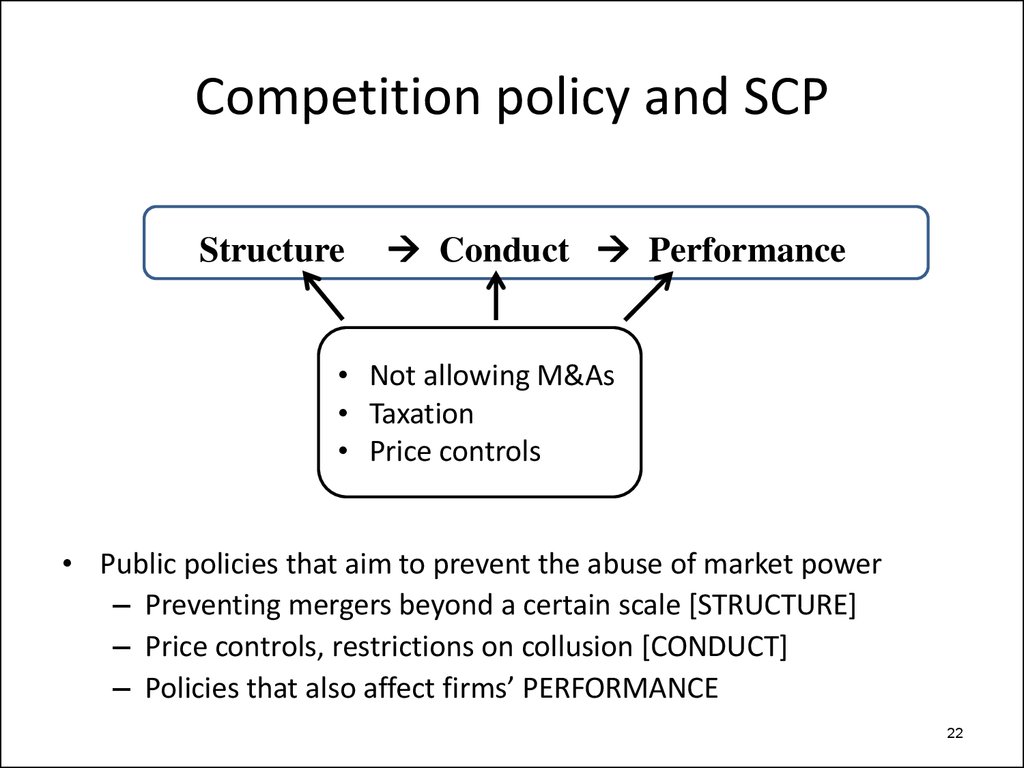
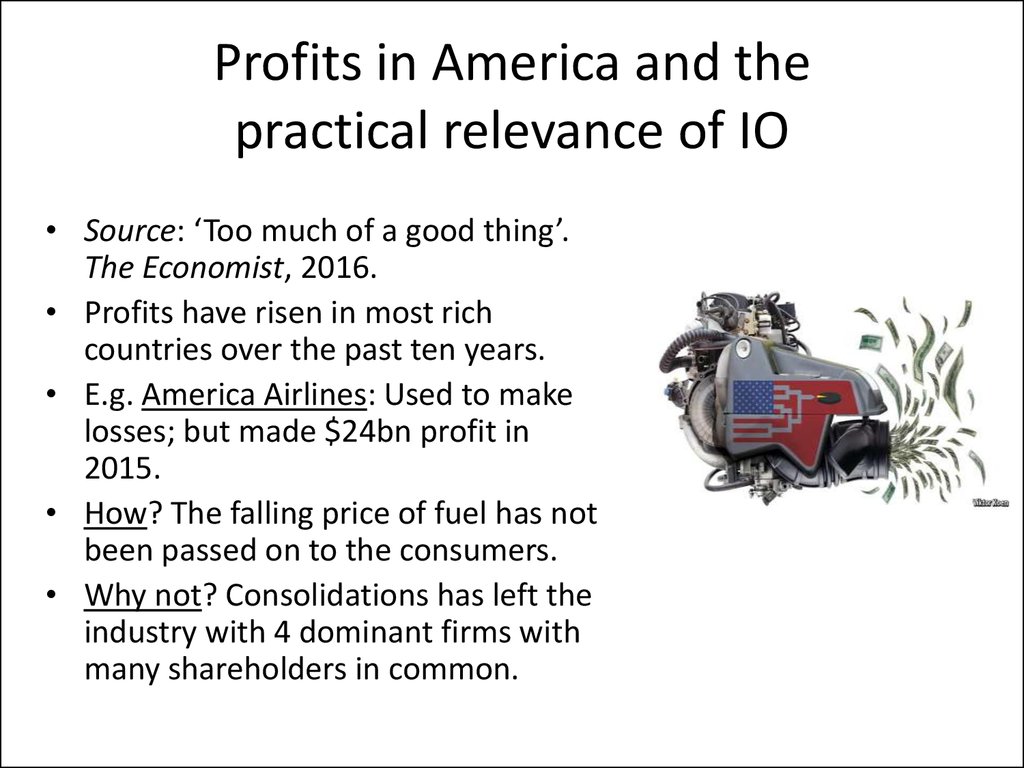
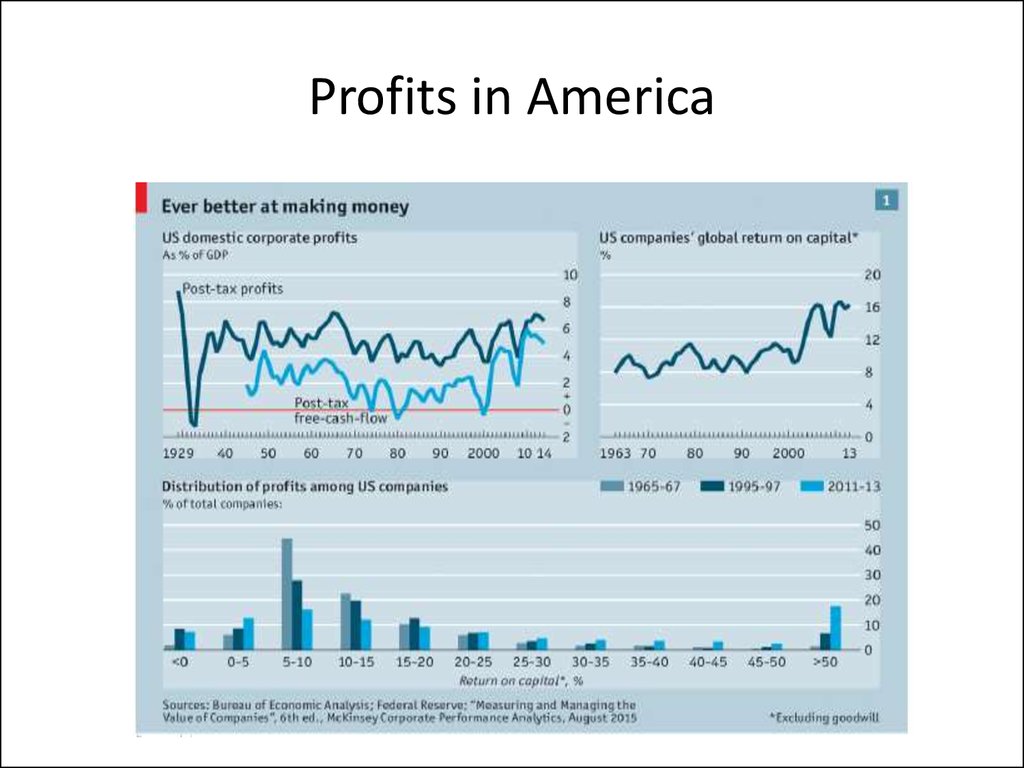
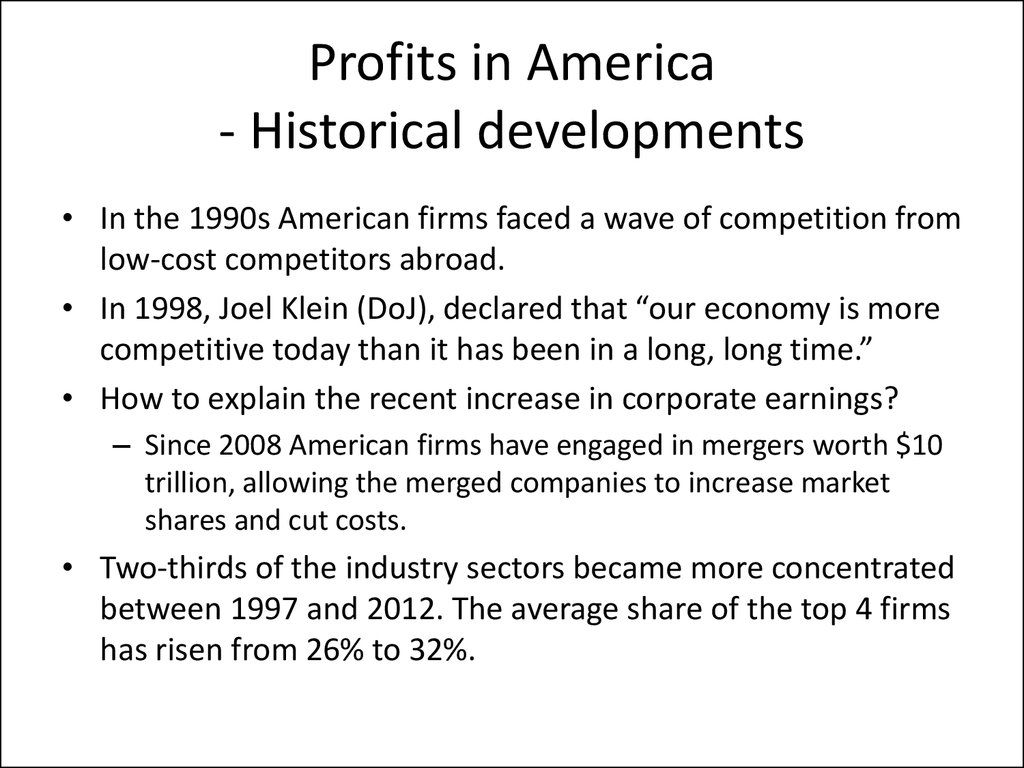
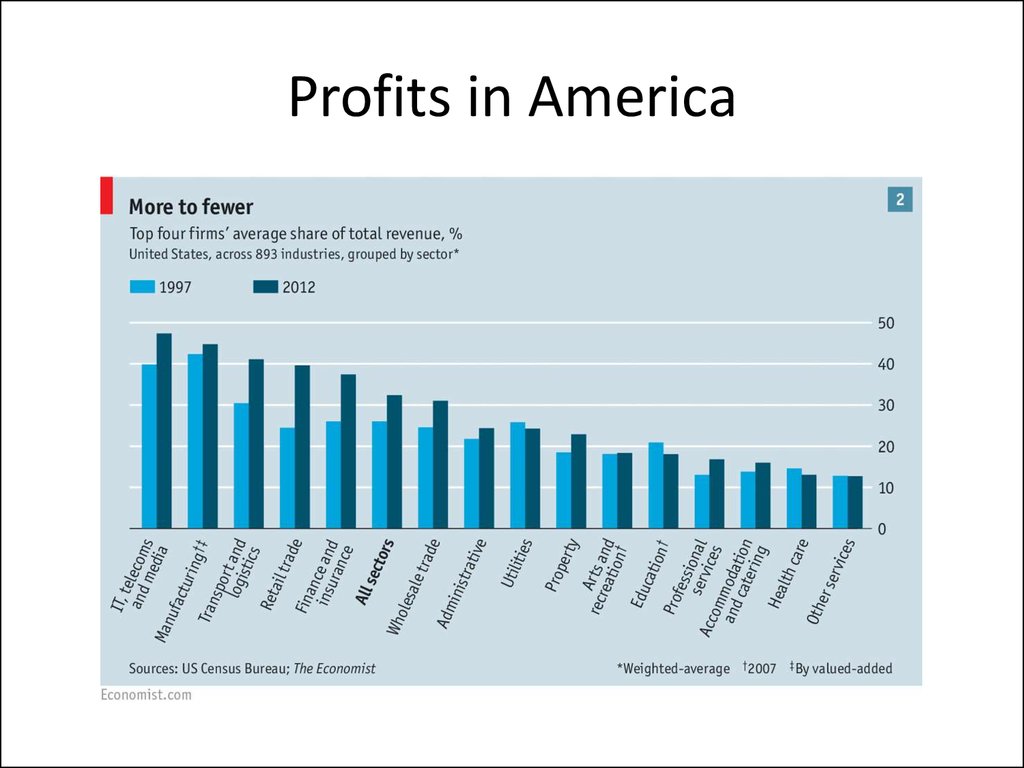
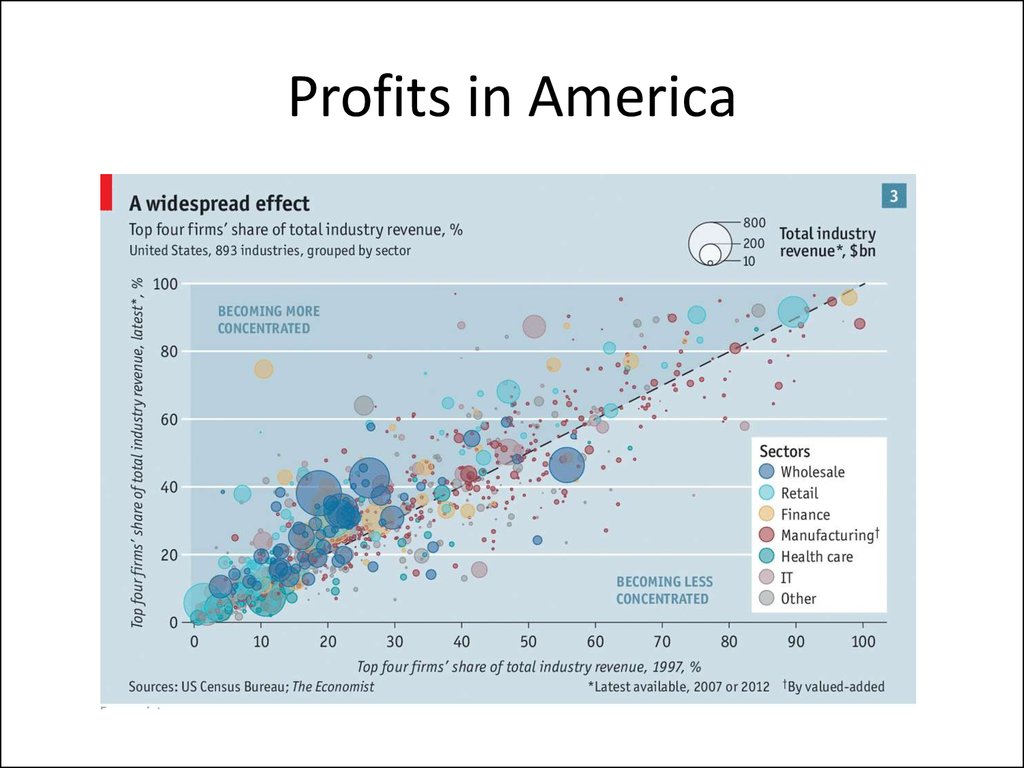
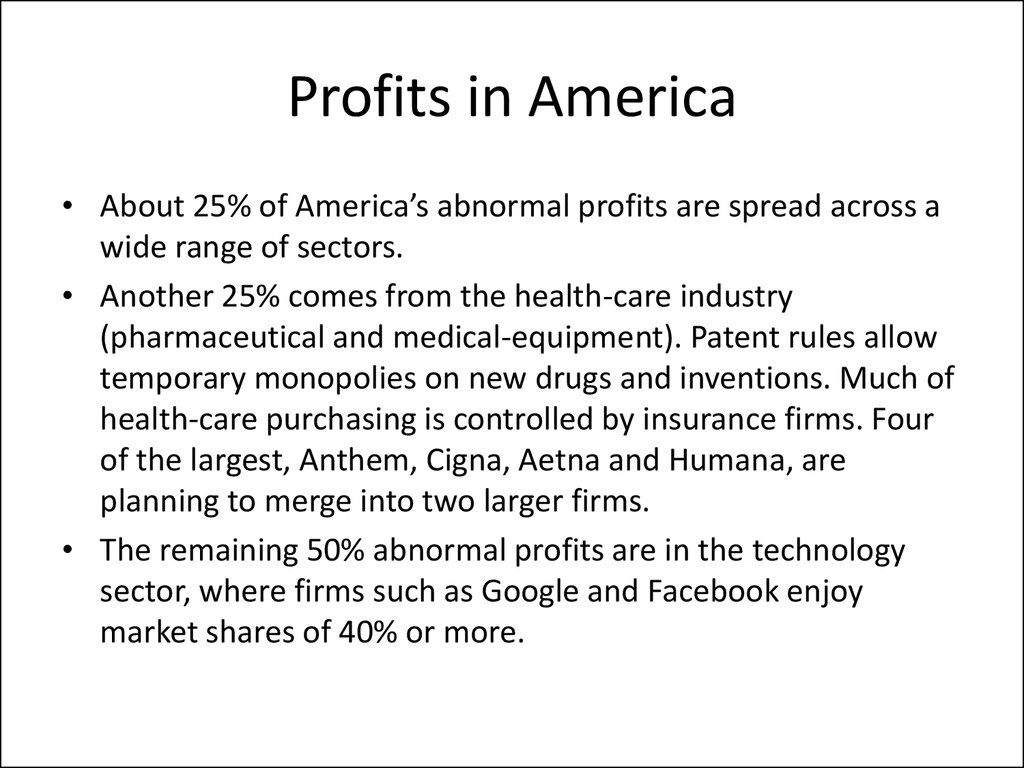
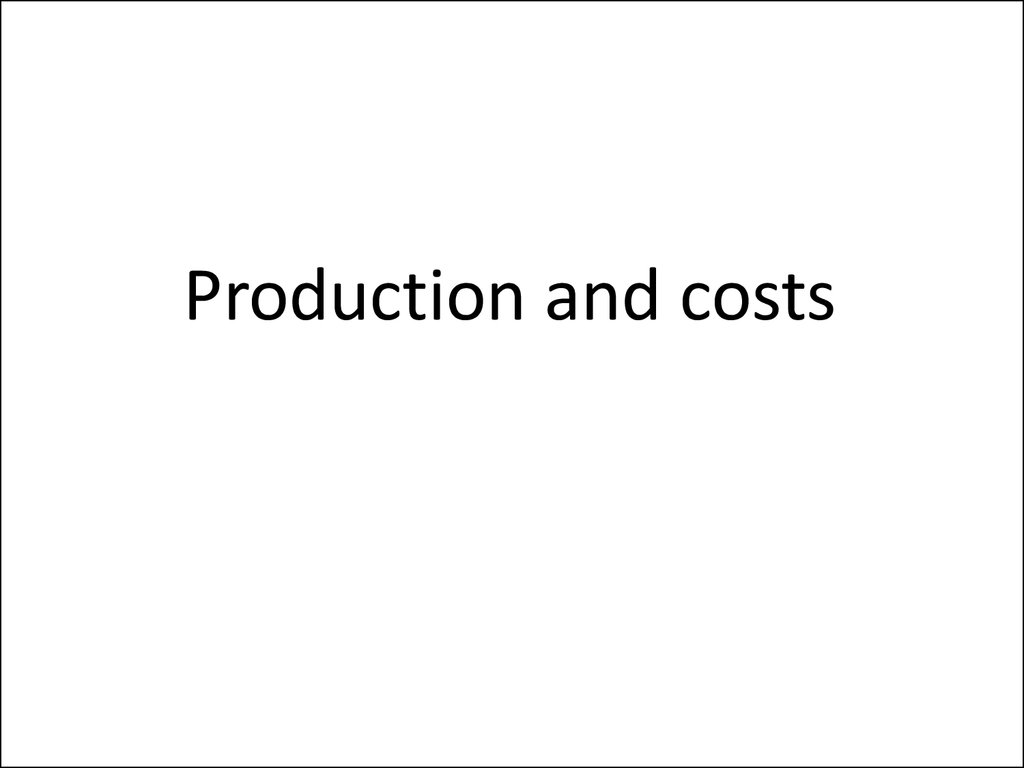
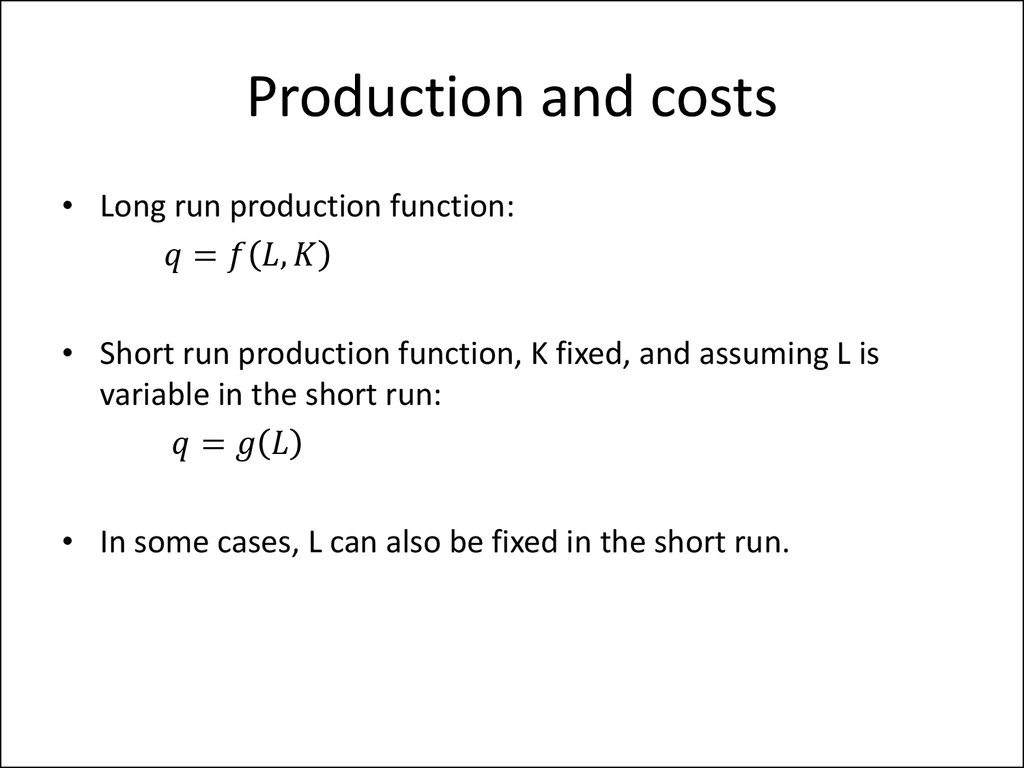
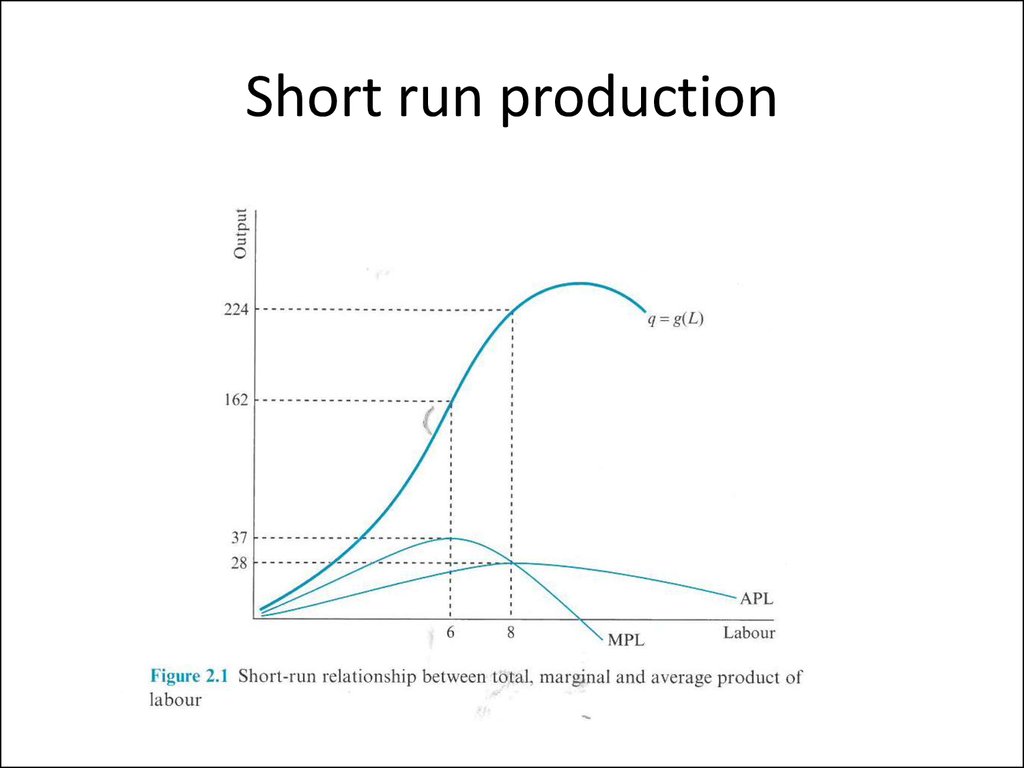

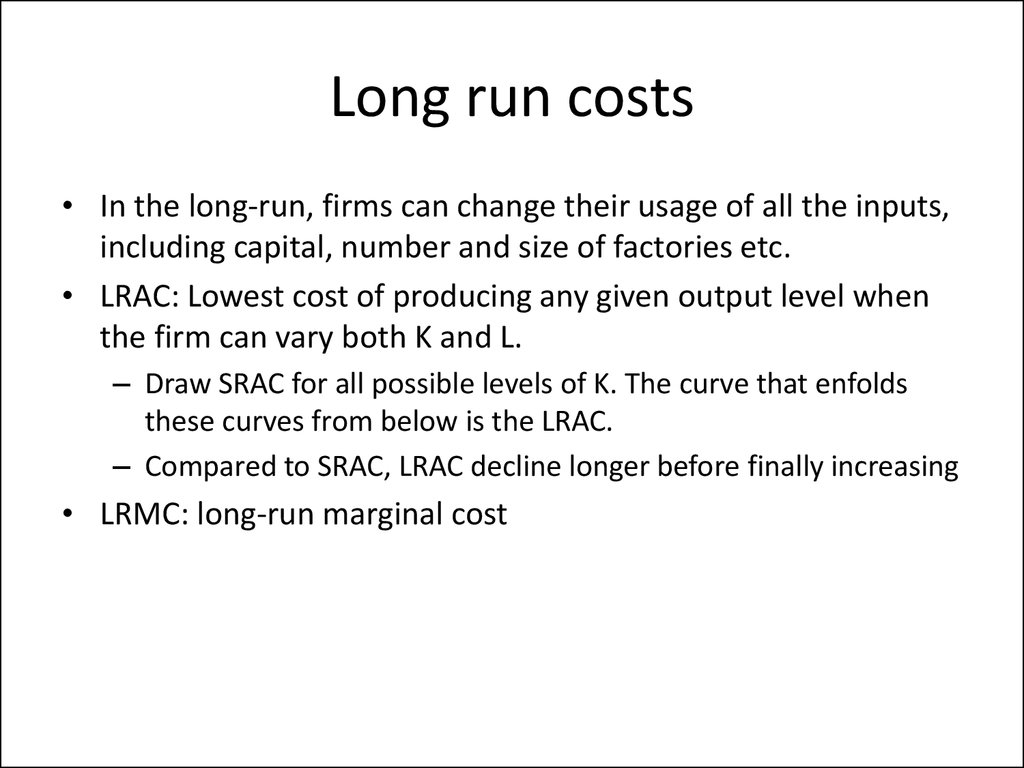
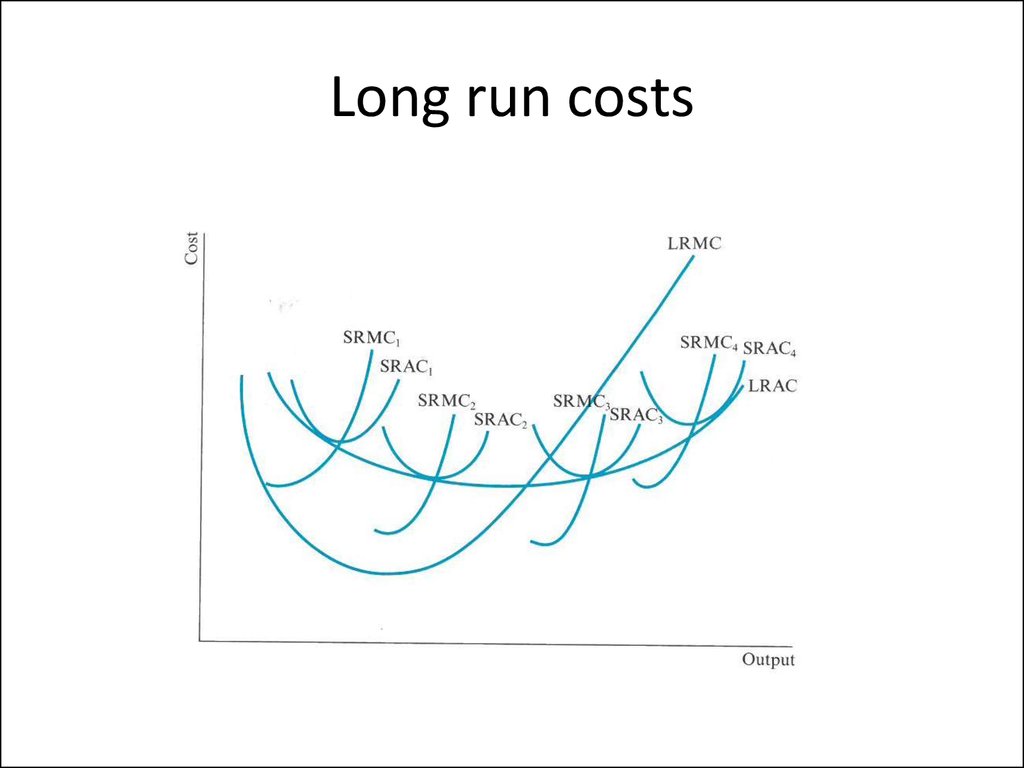
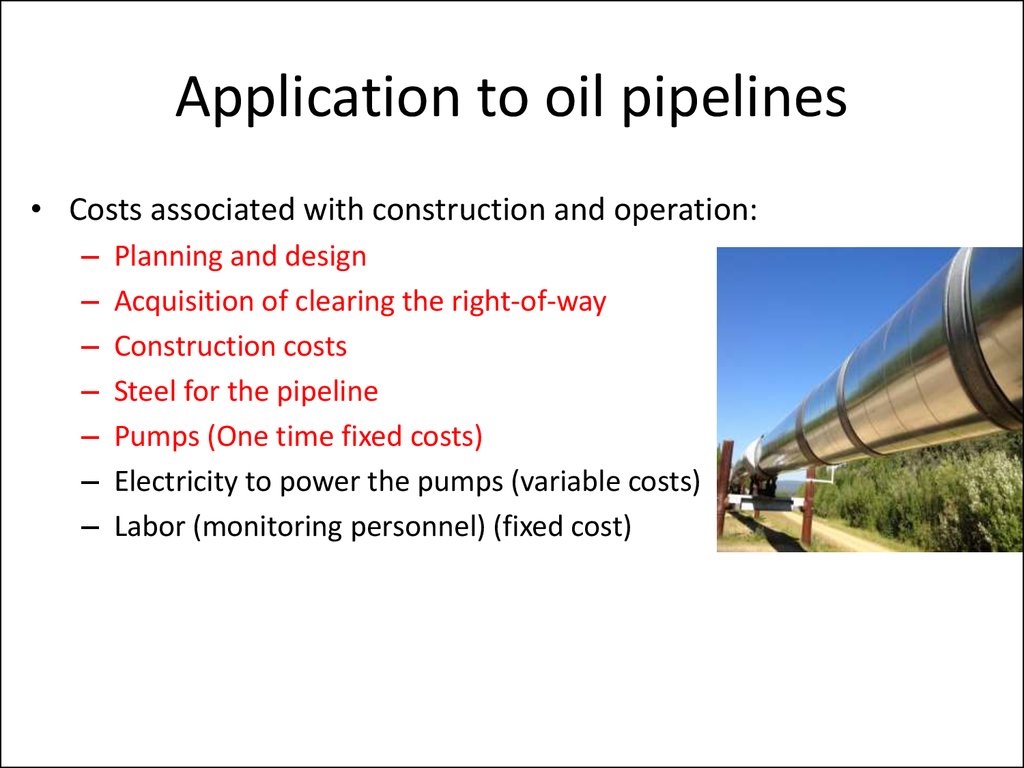

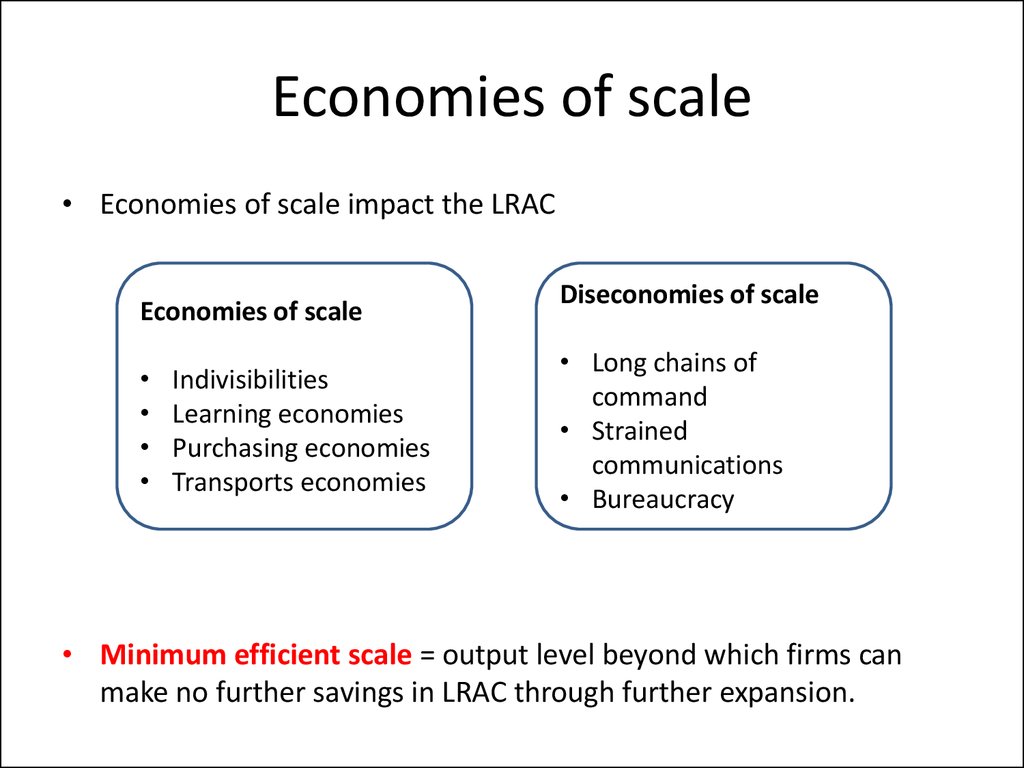
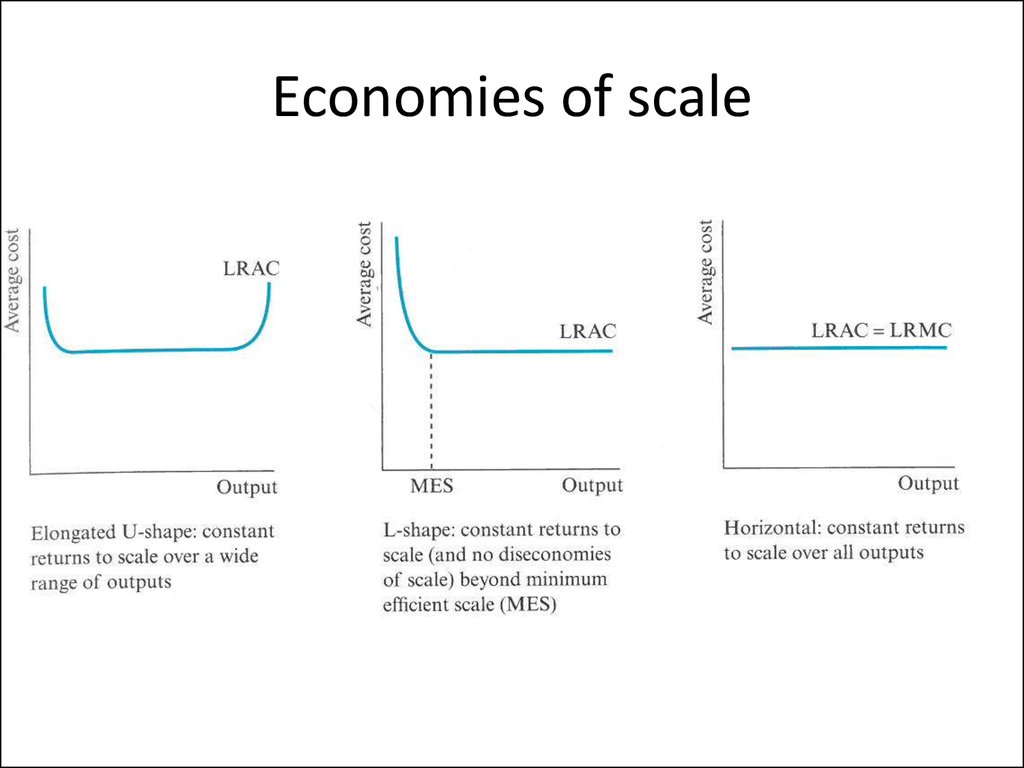
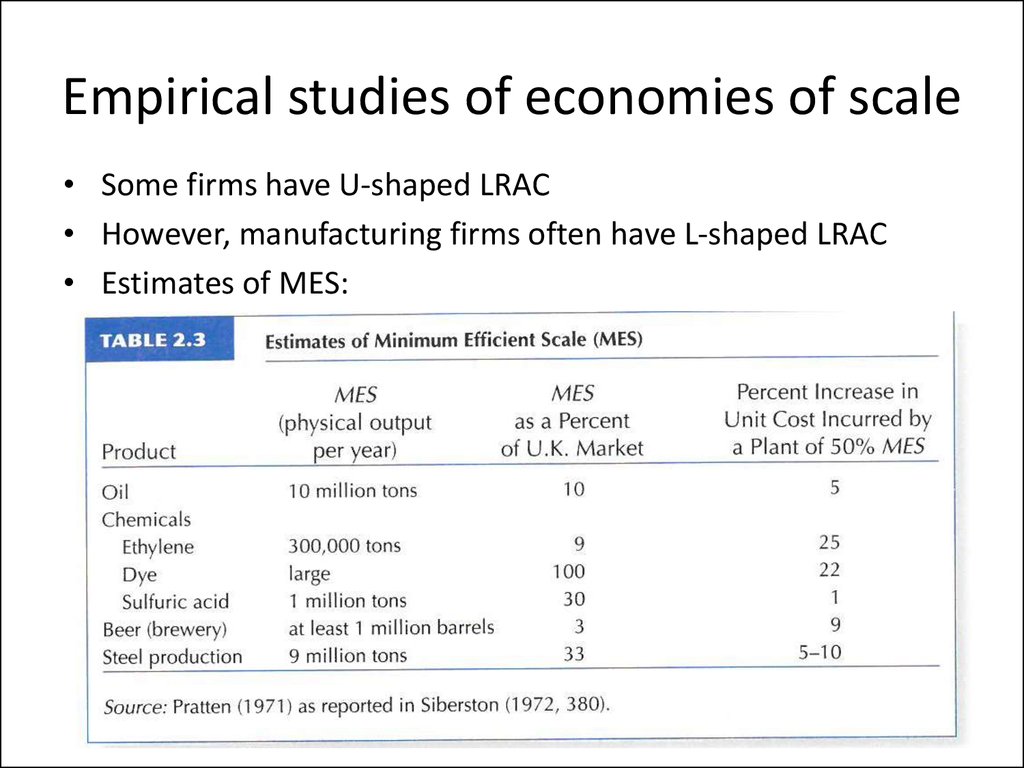
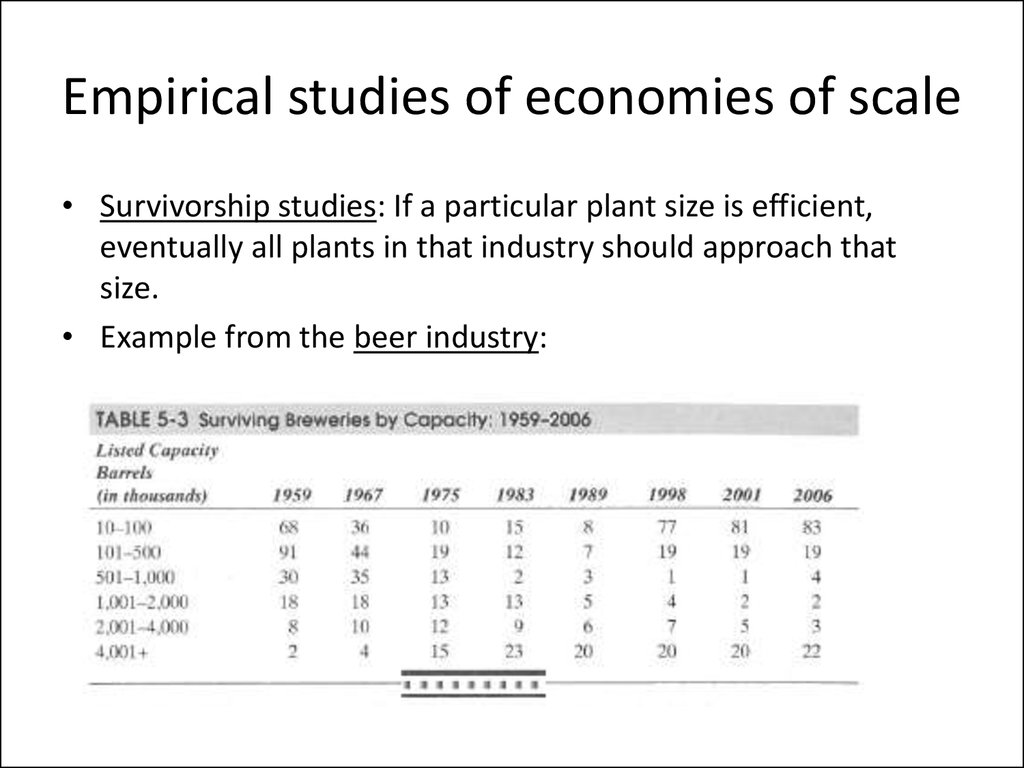
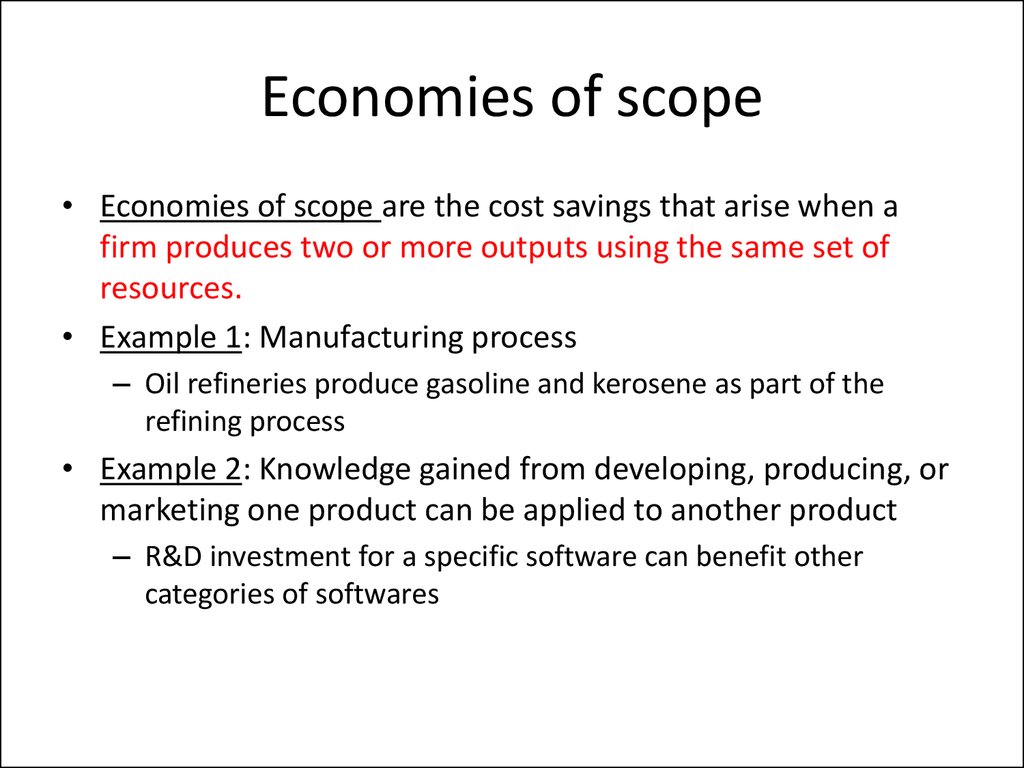
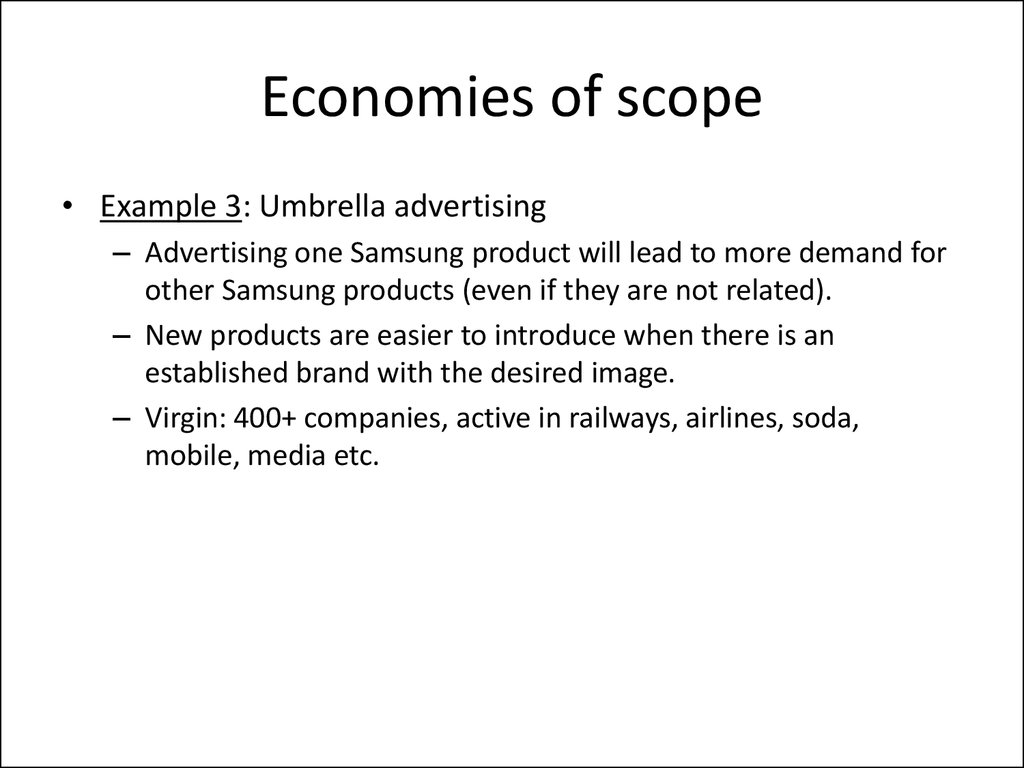


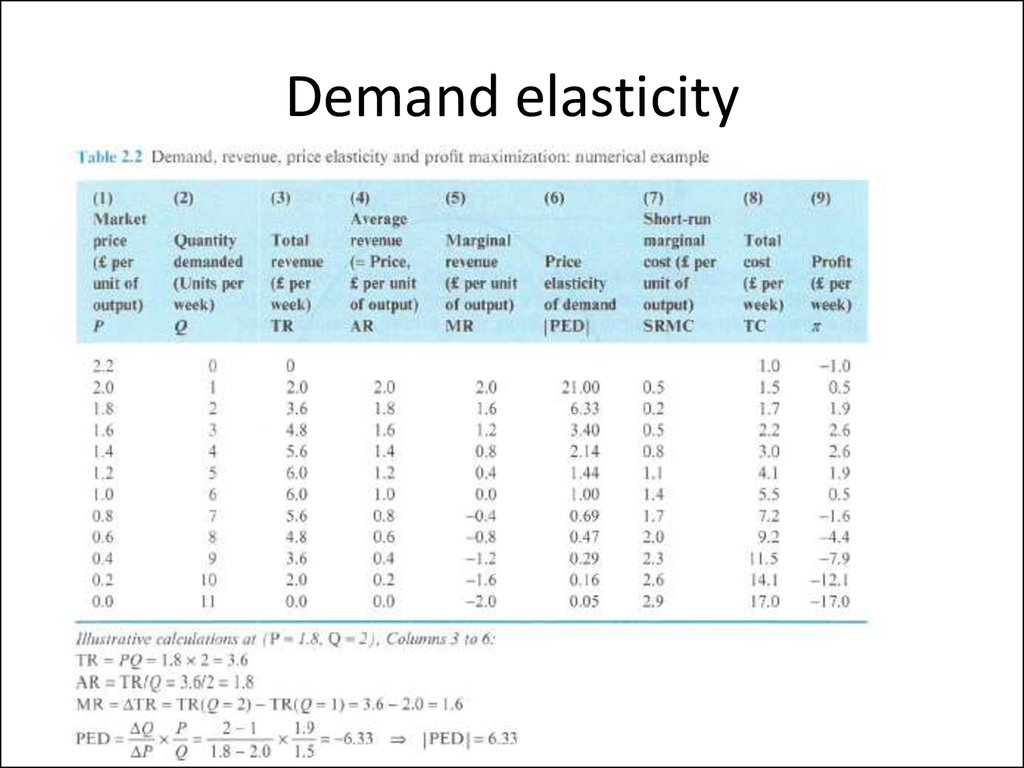
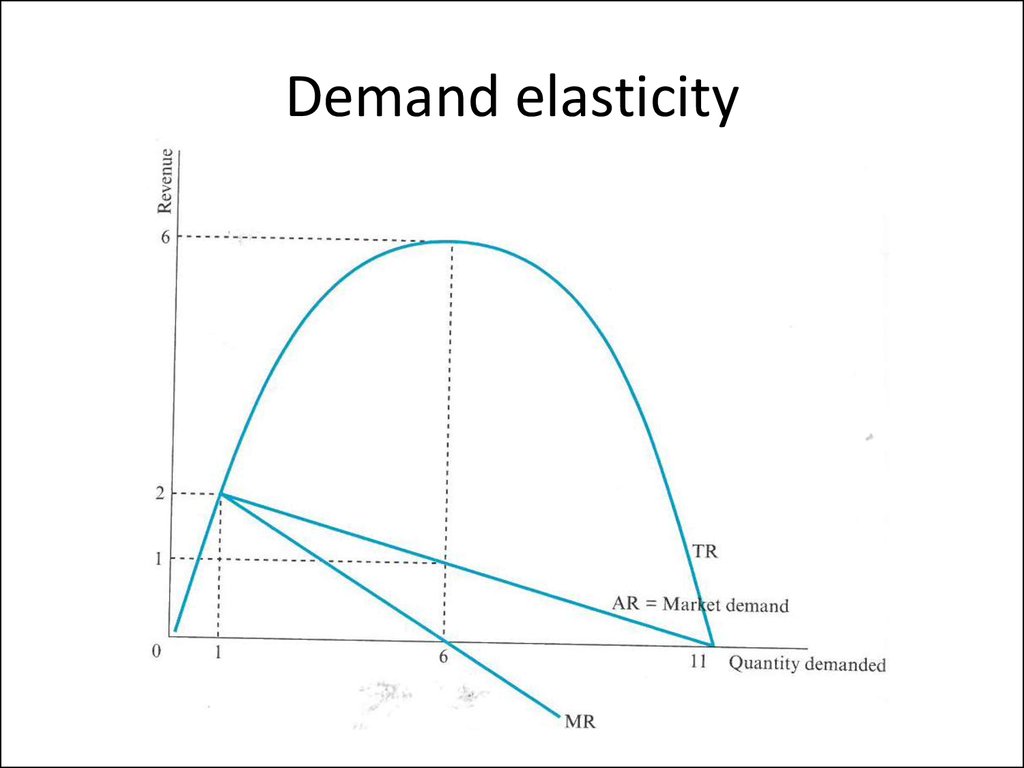
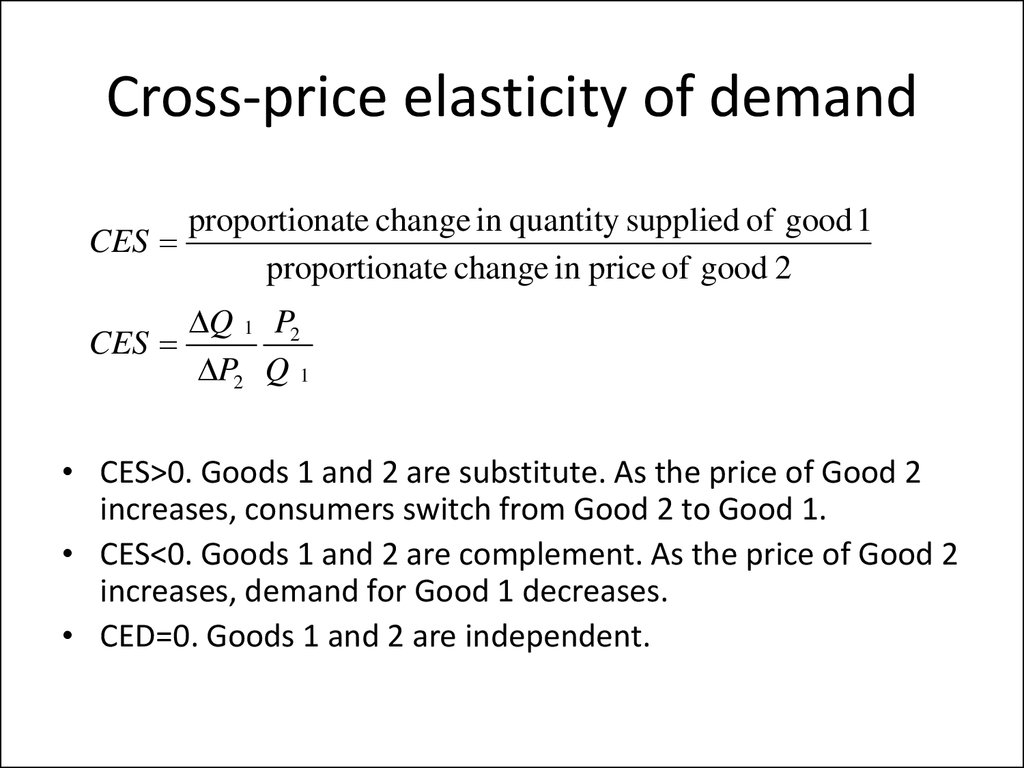
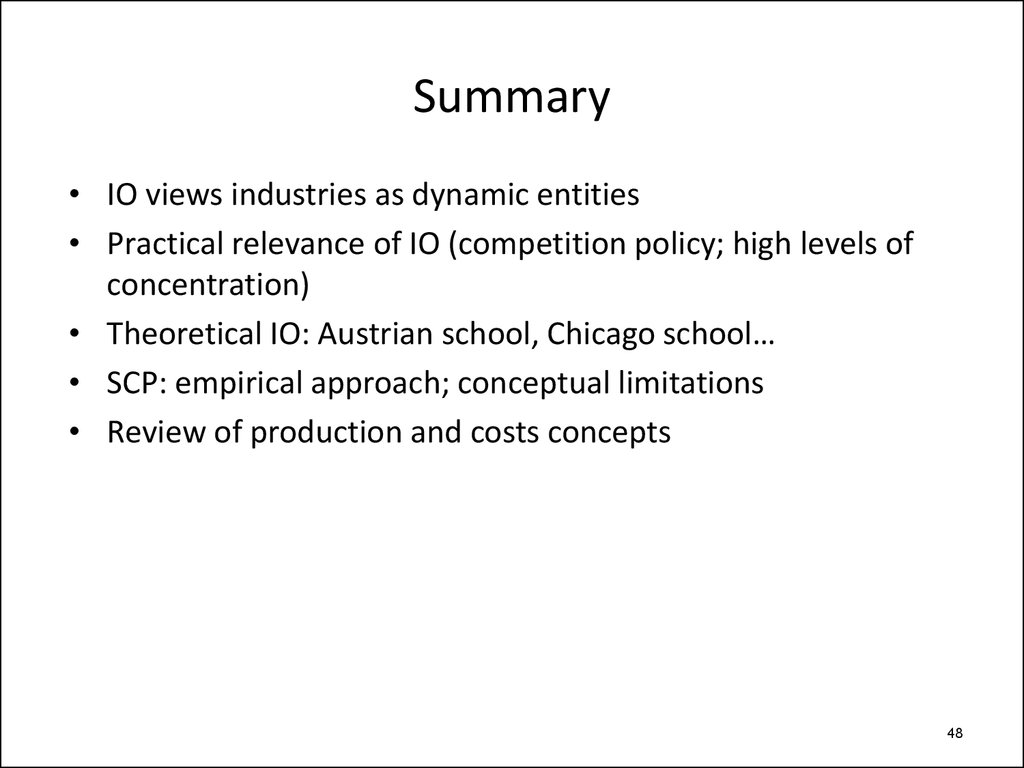
 economics
economics








